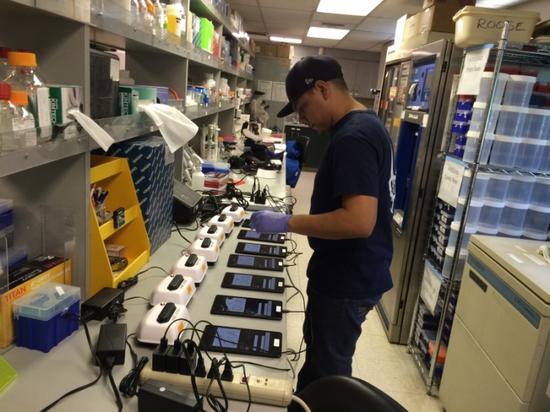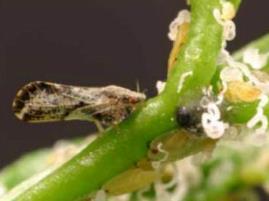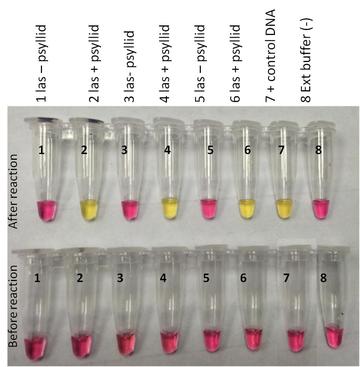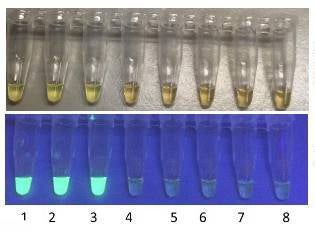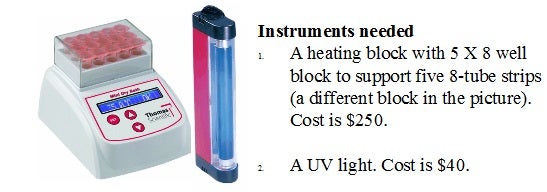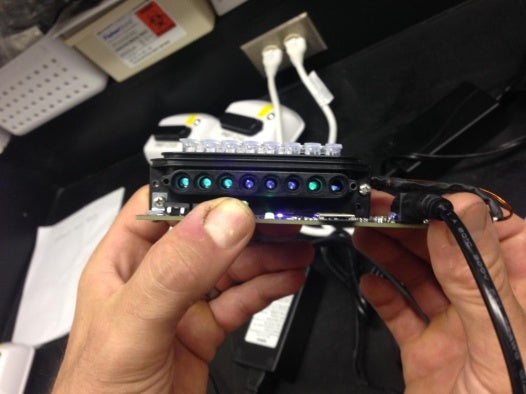Objective:
Promote the use of LAMP assay and provide training to growers, nurserymen, pest control agents, extension workers and other stakeholders for widespread testing of Liberibacters as a component of an overall integrated pest management (IPM) program.
-
Grower training programs were held in Weslaco, Texas and Riverside, California. A training program for homeowners is being planned in Los Angeles. A middle school student is conducting a project on testing psyllids. We have conducted detailed analysis of hardware, software and reagents used in the technology and conducted evaluations in Riverside (jointly by the Riverside and Hawaii teams). The topics were discussed in great detail with most of the project members at the American Phytopathological Society meeting in Pasadena, CA in August 2015.
- With the new find of HLB in ten trees in San Gabriel, CA., we believe the involvement of home owners, landscape maintenance professionals, extension agents may be vital for early detection. Additional sources for new HLB infections are most likely to be from urban backyards.
- Simpler and cheaper detection systems are being developed for backyard situations.
'HLB whisler'
A rapid detection system under development
'HLB whisler' is a pathogen detection system under development. It is a simple home/field test for Las from psyllids that can be done easily in an hour. The kit includes two sets of tubes; white tubes for extraction and clear tubes for reaction.
- Psyllids collected in alcohol are air dried for 5 minutes on filter paper.
- Psyllids (1-5) are dropped into white tubes and heated at 85° C for 10 minutes.
- A small amount of liquid from white tubes is transferred to clear tubes and kept at 65° C for 30 minutes.
- Tubes 7 and 8 are controls with no psyllids added.
- All tubes with Las positive psyllids and tube 7
(+ control) will turn yellow while tubes with psyllids negative for Las and tube 8 ( - control) will stay pink
